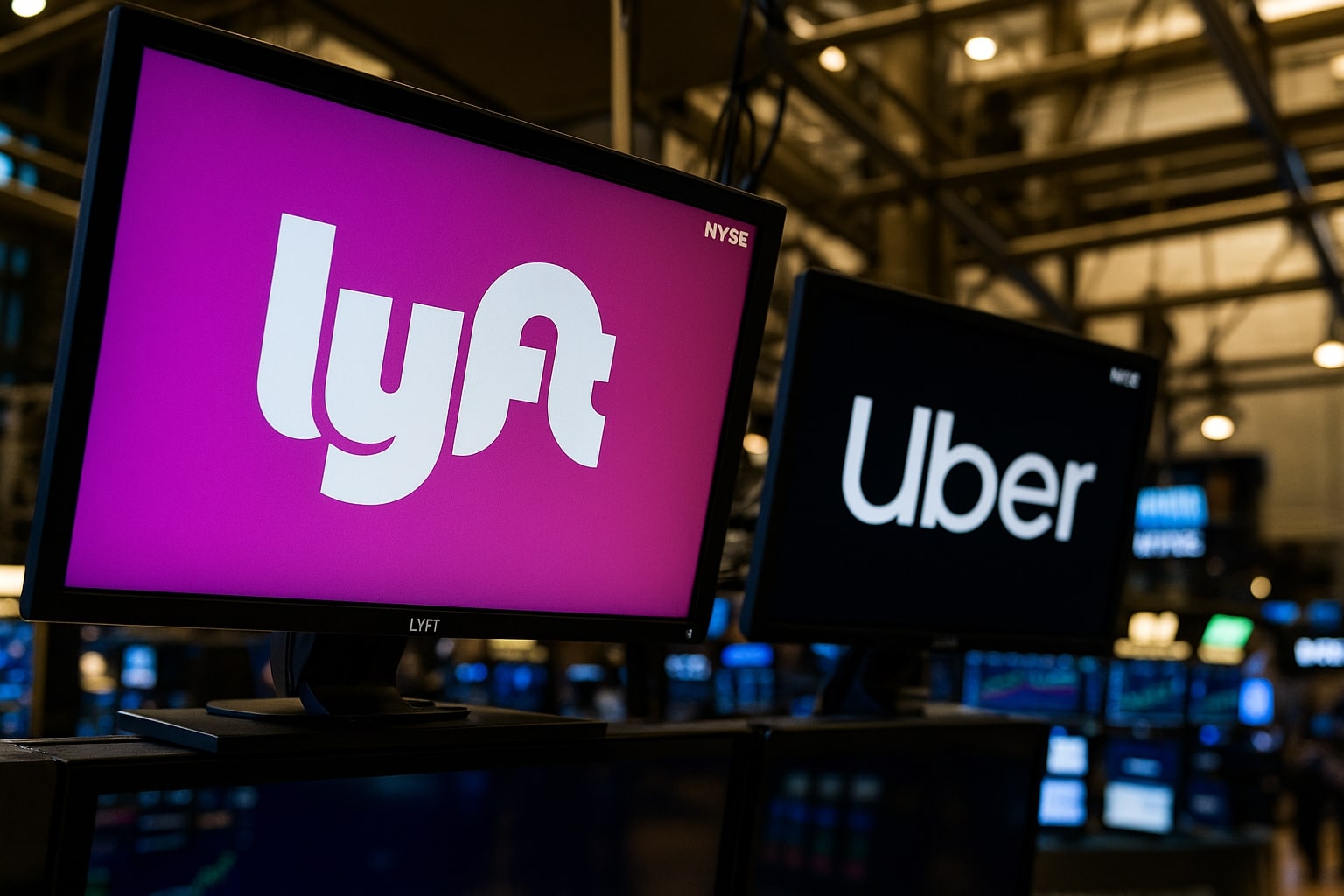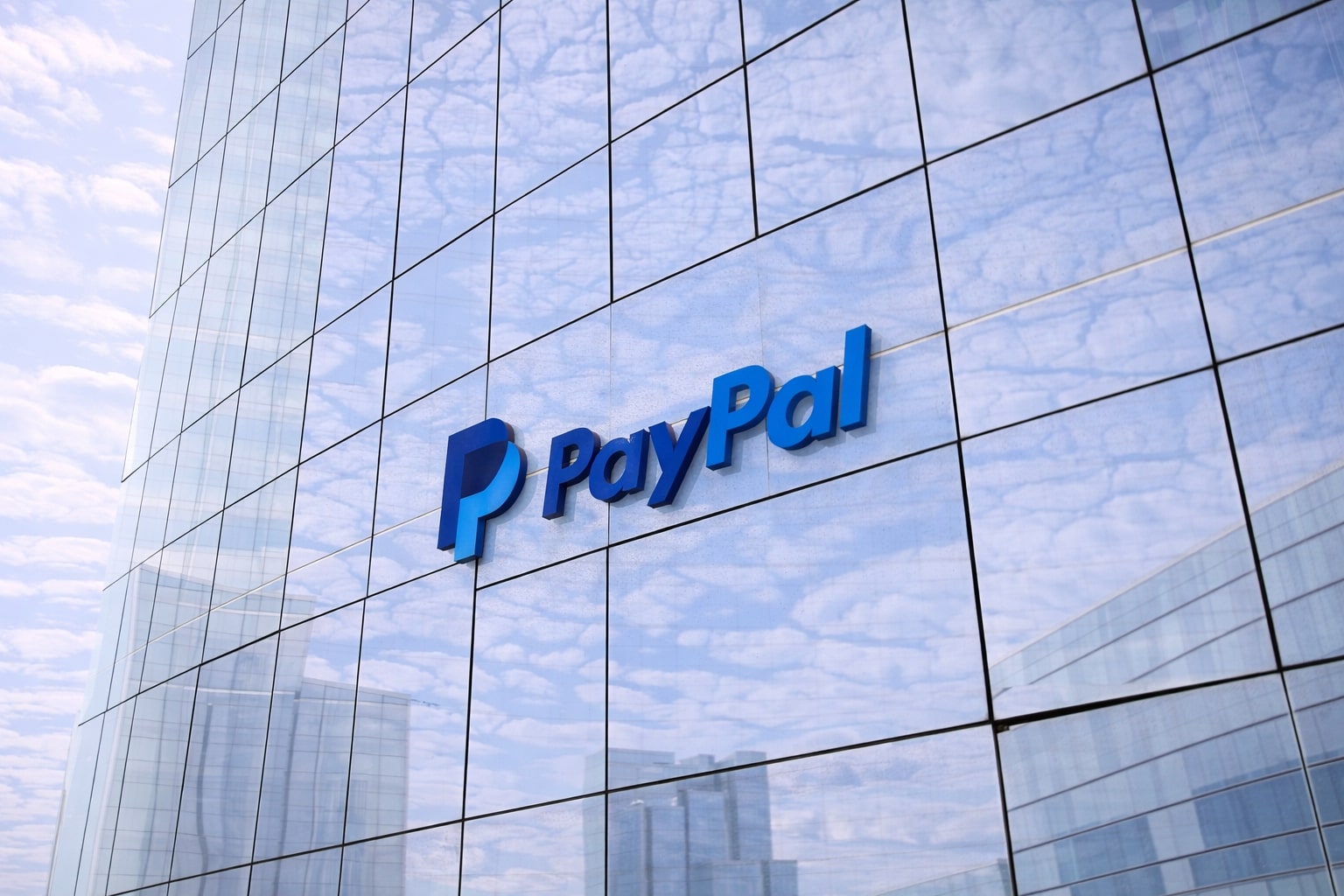
Lyft Stock vs Uber Stock: Which Ride-Hailing Giant Has Real Upside?
Uber stock at $94.57 dominates with $8.5B free cash flow, drone delivery, and global scale, while Lyft stock rallies on Waymo but stays a U.S.-focused turnaround bet | That's TradingNEWS
Lyft Stock vs Uber Stock: Which Ride-Hailing Giant Offers Real Upside?
The ride-hailing sector is entering a decisive chapter. Lyft stock (NASDAQ:LYFT) and Uber stock (NASDAQ:UBER) have both seen sharp moves in recent weeks, fueled by strategic announcements that could shape their trajectories well into the next decade. Lyft has reignited investor attention with its new partnership with Alphabet’s Waymo, while Uber has doubled down on its platform expansion, unveiling a stake in drone delivery pioneer Flytrex. At current prices—Uber stock trading around $94.57 and Lyft stock hovering well below its pre-pandemic highs—the question for investors is which name truly represents sustainable upside.
Lyft Stock Rallies on Waymo Partnership But Remains Limited in Scope
Lyft stock spiked nearly 20% in recent sessions, riding momentum from its Waymo partnership in Nashville, which promises to expand autonomous ride-hailing options. This is a critical development for Lyft, as autonomous vehicle (AV) adoption has been widely touted as a disruptor for the ridesharing model. Investors cheered the news because it gives Lyft a foothold in AV networks without the heavy capital outlay of building technology in-house.
Yet, the structural limitations remain. Lyft generates the overwhelming majority of its revenue from the U.S. market, leaving it heavily exposed to regulatory and competitive risks. Unlike Uber, Lyft does not operate in Europe, Latin America, or Asia, meaning it has no diversification buffer if U.S. demand slows or new labor laws squeeze profitability. Lyft has shown resilience in achieving adjusted EBITDA breakeven, but it still lacks consistent free cash flow. In 2024, Lyft produced positive adjusted earnings, but GAAP profitability remains elusive, keeping investor sentiment cautious despite the recent rally.
Uber Stock Pushes Beyond Ride-Hailing With Drone Delivery
Uber stock, by contrast, has cemented itself as a platform far beyond simple ridesharing. Its latest announcement—a partnership with Flytrex to launch drone deliveries via Uber Eats—adds a third leg to its multimodal logistics strategy. With Flytrex holding FAA approval for Beyond Visual Line of Sight operations and a record of more than 200,000 completed deliveries, Uber’s investment is not speculative but an immediate operational advantage.
Uber’s strategy now spans cars, bikes, robots, and drones. This network effect allows the company to cut delivery times, expand coverage into suburban areas, and reduce costs. Investors rewarded the move, with Uber stock climbing 1.74% on the news to near record highs. Unlike Lyft stock, which trades on narrative momentum, Uber stock is supported by hard numbers: $1.5 billion in Q2 GAAP operating income and $8.5 billion in free cash flow over the past 12 months.
Financial Gap: Uber Stock’s Cash Machine vs Lyft Stock’s Recovery Play
The financials are where the divergence becomes glaring. Uber has transitioned into a free cash flow powerhouse, authorizing a $20 billion buyback program that signals confidence in ongoing profitability. Its operating metrics show high-teens gross bookings growth and a 15% YoY increase in monthly active platform consumers, both fueling margin expansion.
Lyft stock, while recovering, is still chasing profitability. It lacks the diversified revenue streams Uber enjoys from delivery and advertising. Lyft’s gross bookings are concentrated in North America, limiting scale advantages and exposing it to intense competition. This gap explains why Uber stock trades at a premium multiple, around 21x forward EBITDA, compared with Lyft stock’s lower valuation. Investors are paying up for consistency and global reach.
Uber Stock’s Advertising Business Adds a Hidden Profit Engine
A critical edge for Uber stock is its fast-growing advertising division, which passed a $1.5 billion revenue run rate earlier this year. With formats like Journey Ads integrated into rides and Eats, Uber monetizes its 30 billion annual user sessions and 36 million Uber One subscribers. This business could contribute $2 billion in EBITDA by 2027 at margins exceeding 80%, creating a capital-light, high-margin growth engine.
Lyft stock has no equivalent. While Lyft can tout partnerships and potential in AV, it has no parallel advertising infrastructure or global merchant ecosystem. This difference means Uber stock’s valuation multiple reflects not just ride-hailing but also advertising upside, drone logistics, and delivery dominance. Lyft remains tied to one business model with limited expansion paths.
Read More
-
SCHG ETF Near $33 High As AI Giants Drive 19% 2025 Rally
01.01.2026 · TradingNEWS ArchiveStocks
-
XRP-USD Stuck At $1.87 As XRPI Near $10.57 And XRPR Around $14.98 Despite $1.16B ETF Wave
01.01.2026 · TradingNEWS ArchiveCrypto
-
Natural Gas Price Forecast - NG=F Slides Toward Key $3.57 Support As Ng=F Extends 33% Drop
01.01.2026 · TradingNEWS ArchiveCommodities
-
USD/JPY Price Forecast - Yen Near 156 As Fed Cuts Meet Boj Hawkish Turn
01.01.2026 · TradingNEWS ArchiveForex
Global Scale: Uber Stock’s Moat vs Lyft Stock’s Narrow Reach
Uber stock benefits from geographic diversification, with 47% of revenues coming from international markets. This allows Uber to capture growth in emerging economies, hedge against U.S. regulation, and deepen network effects. Markets like Latin America and Europe continue to provide double-digit growth, reinforcing Uber’s dominance.
Lyft stock, meanwhile, is bound to U.S. regulatory cycles, with California and New York decisions on driver classification carrying outsized weight. Without international exposure, Lyft cannot offset domestic headwinds with overseas gains. This makes Lyft stock inherently riskier, even if short-term rallies attract speculative interest.
Valuation and Market Sentiment: Uber Stock Holds the Premium
Wall Street continues to back Uber stock aggressively. Analyst price targets suggest upside toward $150, driven by profitability, advertising growth, and delivery innovation. Lyft stock has seen some upgrades to neutral or hold following the Waymo partnership, but consensus remains cautious, framing it as a speculative turnaround play rather than a proven growth story.
Uber stock has also benefited from insider transactions, alongside the $20 billion buyback, signaling strong management conviction. Lyft stock has not demonstrated similar insider confidence, further reinforcing the market’s skepticism.
Which Stock Wins: Lyft Stock or Uber Stock?
The short answer is clear: Uber stock wins decisively. Lyft stock’s Waymo partnership gives it a narrative lift, but it does not close the structural gap. Uber stock, at $94.57, offers scale, profitability, diversified growth engines in drones and advertising, and a clear runway toward $150. Lyft stock remains a speculative bet reliant on AV adoption and execution improvements. Investors seeking stability, free cash flow, and global exposure will continue to gravitate toward Uber stock, while Lyft stock may appeal only to those willing to gamble on a sharp turnaround.


















